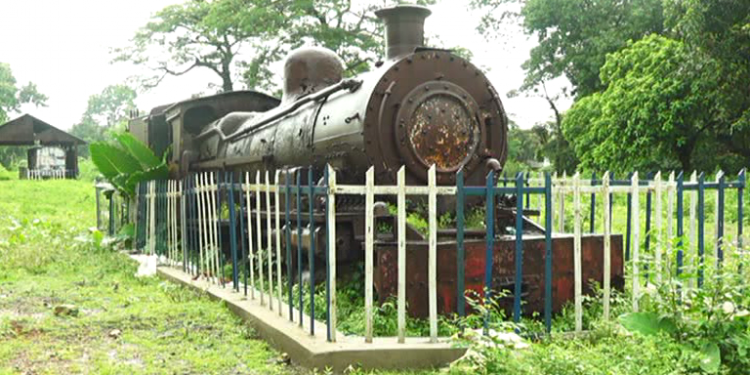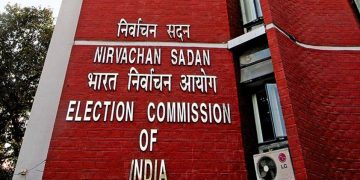Baripada: A steam engine and some bogies that still remind the glorious history of railway service in Mayurbhanj district dating back to 1905 have been left in decrepit state and have been rotting due to lack of maintenance and upkeep.
This piece of royal regime has not been given proper protection while the railway sector in the district has seen expected development, locals lamented.
More than a century old Baripada railway station still carries an aura of majesty linking to royal rule and the British Raj. For many old-timers, the engine is pure nostalgia of a bygone era.
This engine has been the carrier of many royal scions, eminent people and British officials during that period. The king had bought this engine from North British Locomotive Company of Scotland in 1905. The boggles were made of iron and valuable wood. In its heydays, the Baripada loco shed worked seven days a week.
Monument lovers and conscious citizens observed that many people in the district are not aware of the glorious history of the railway in the erstwhile rural province. But the new generation needs to know of its history if the engine and bogies are protected and taken care of.
The Rupsa-Baripada-Bangriposi narrow gauge line was started by the erstwhile ruler of Mayurbhanj, Maharaja Sriram Chandra Bhanj Deo. The first section of 52 km, from Rupsa to Baripada, was inaugurated by then Lieutenant Governor of Bengal, Sir Andrew Fraser January 20, 1905.
It may be recalled that the shed’s fitters, boilermakers, machinists, turners, painters, loco cleaners and khalasis used to service the engines, clean parts, refill their boilers with water and empty coal from fireboxes.
The engines took on a tonne of coal and 2000 lt of water and then it was ignited with 20 kg of wood and jute grass soaked in kerosene. The engines took three hours to get full steam.
Rupsa was the junction with the Bengal Nagpur Railway’s Broad Gauge line. An agreement was signed December 2, 1918, between the Mayurbhanj State and Mayurbhanj Railway Company, for extending the line to Talband, 61.5 km away. This section was opened July 15, 1920, and the management of the entire section was handed over to M/s Hoare Miller & Co. of Calcutta.
Later, ZE class locomotives built by Corpet Louvet, Krauss Maffei and Kawasaki were introduced. All locos were stationed at Baripada loco shed. After Independence, when the railways were regrouped, the Mayurbhanj State Railway was taken over by the government.
The Bengal Nagpur Railway, along with eastern divisions of the East Indian Railway was reconstituted into the Eastern Railway in 1952. Later, the newly formed zone was found to be too large for effective working.
Till early 2003, there were two services each in either direction. The up and down services from Rupsa to Bangiriposi and vice versa was started then.
Sometime in the late eighties, diesel took over, bringing to an end the era of steam locomotives. Bowing to public demand, conversion of this narrow gauge line to broad gauge was sanctioned in 1995-96.
The line completed in its centenary year in 2005 but services were closed due to gauge conversion. Work was finally completed in 2005 and regular broad services started from 2006.
Some enthusiasts suggested that the Baripada Steam Shed, if properly restored, can be transformed from a ruin, lost and forgotten, to a grand museum. It will draw steam enthusiasts from across the country and abroad who have not seen a working steam locomotive.






































